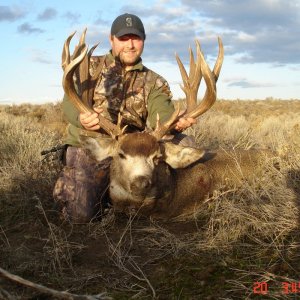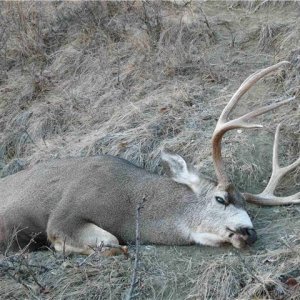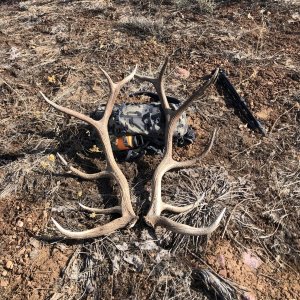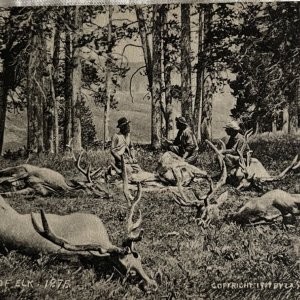idahomuleyhunter
Active Member
- Messages
- 671
Your odds of getting a number lower than X are determined randomly by the number of total points plus applications of all applicants and the number of points plus applications you have.Right, the numbers have nothing to do with the draw odds.Glad you agree.
Secondly you're odds of getting a permit are determined by the parameters of that permit.
It's not that hard












